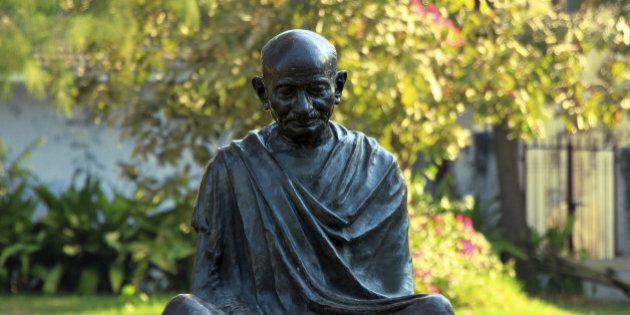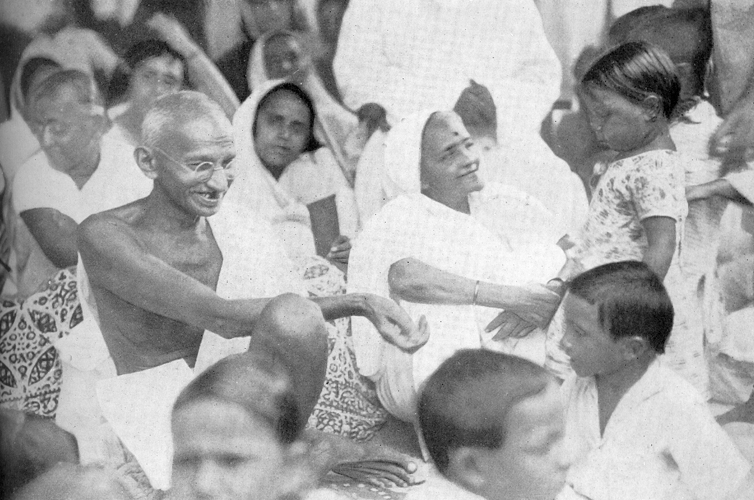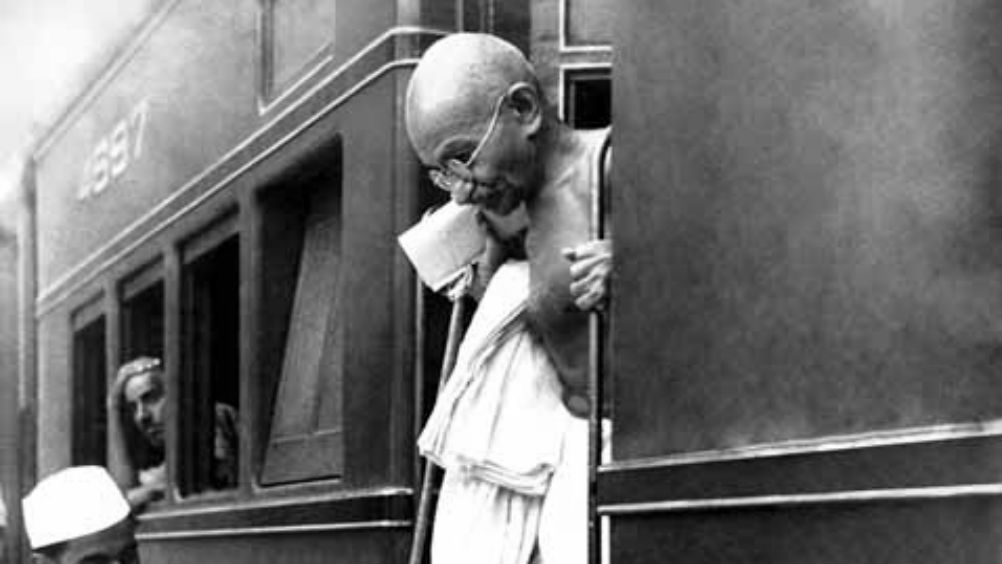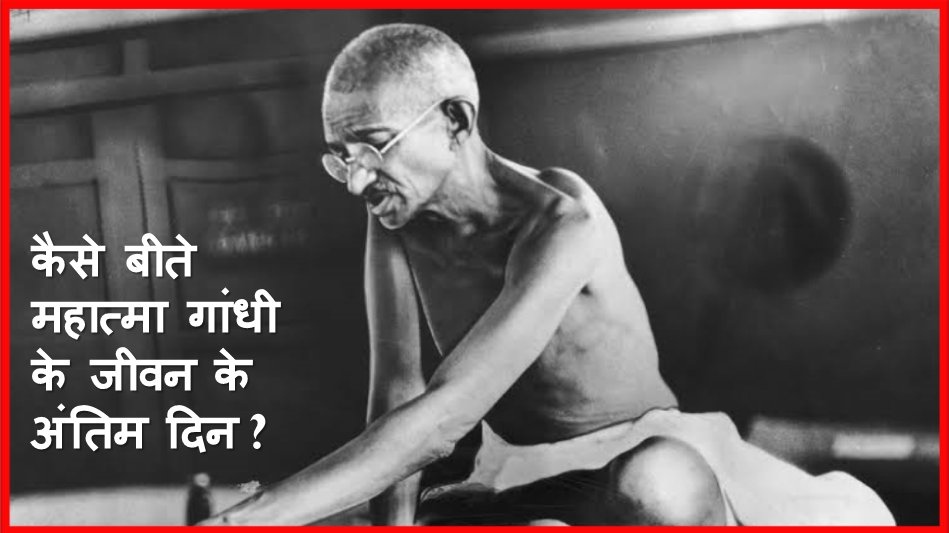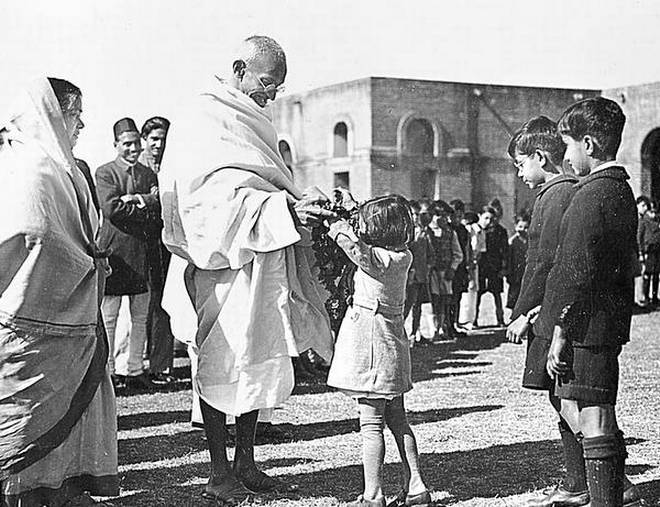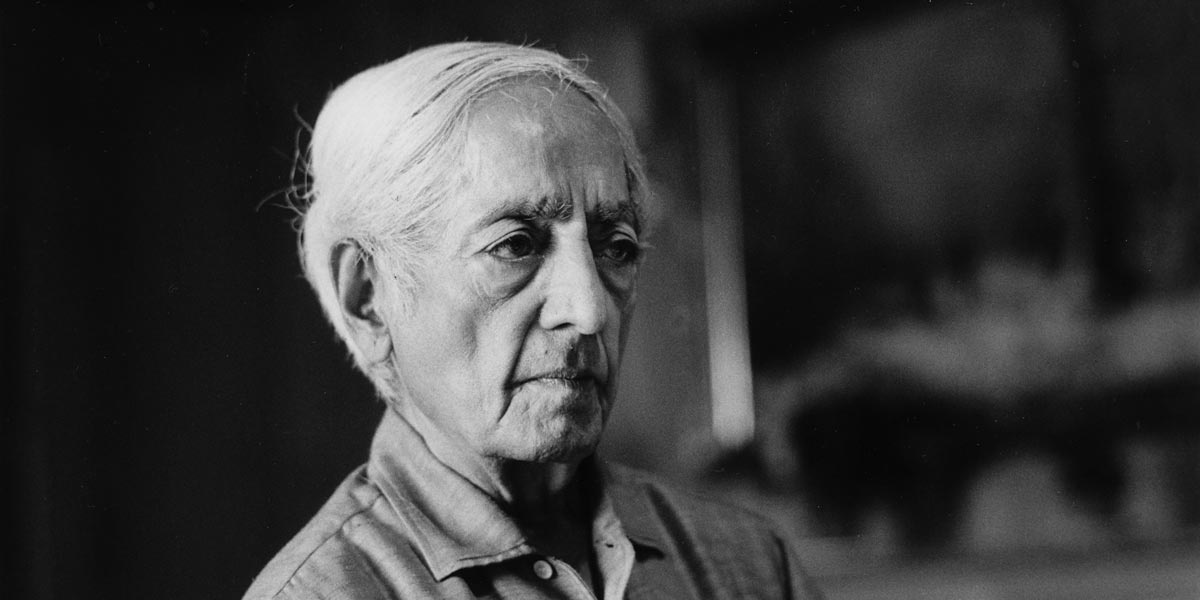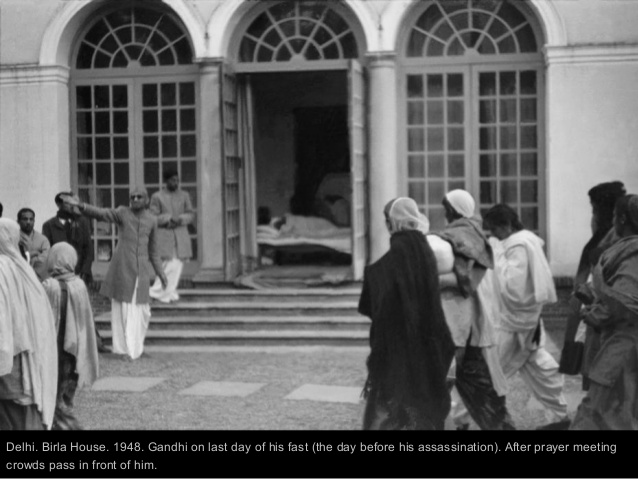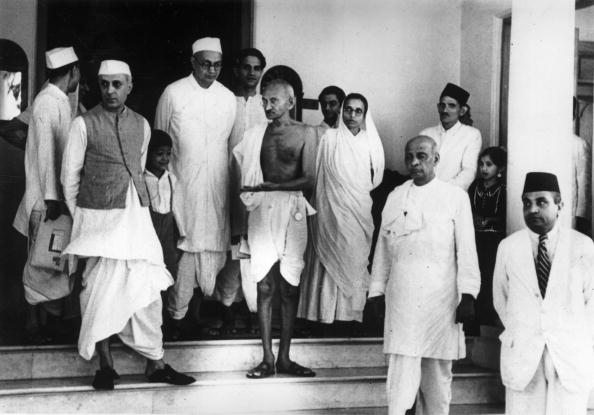
Gandhi as a political thinker and philosopher emphasized throughout his works on the evergreen importance of peace movements for a conflict-ridden world. Even today we continue to be desperately in search of such a movement that unites the internal and the external aspects of human existence into a peaceful and harmonious reality. In this thought-provoking piece, the author compels us to revisit this critical question and work towards a peace movement that addresses the issues of the contemporary world.
Bharat Dogra is a social activist who has been involved with several social movements and campaigns – based in New Delhi.
There are several inspiring and influential peace movements in various parts of the world. These include movements for disarmament, improving relations with hostile countries, ending sectarian violence within a country as well as movements organized around a host of other key concerns. Some peace movements spring up in response to a new challenge ( such as the movement for preventing the invasion of Iraq) and then fizzle out while others exist on a more durable basis for bringing peace to troubled regions.

All these are very relevant efforts but the big question is whether these are adequate given the contemporary world scenario. It is very clear that the destructive capacity of war, weapons and violence are now greater than ever before. While the World War II is regarded as the most destructive war in human history, it is only in the period after this that the accumulated weapons acquired the capacity to destroy all life on earth. It is true that nuclear disarmament efforts have led to the reduction of these weapons but as long as the destructive capacity remains more than what is needed to destroy almost all humanity in a matter of minutes there is hardly any real progress in nuclear disarmament.
Moreover the threat of actual use which appeared to be reducing in the immediate aftermath of the supposed end of the Cold War has started increasing in recent times. There is also the threat of tactical nuclear weapons, depleted uranium weapons and nuclear weapons falling under the control of terrorists or rogue regimes controlled or heavily influenced by terrorists. While it is true that a very large number of countries favor nuclear disarmament, the fact remains that as long as none of the nine known nuclear weapon states give up or significantly reduce their nuclear weapons, the level of threat will not decrease.
In addition it is quite possible that the number of nuclear weapon equipped countries may increase further in the near future. Several of the known nuclear-equipped countries are hostile to each other. Leaders of some nuclear weapon equipped countries have boasted about using their nuclear weapons to destroy others. In addition it is well known that the destructive capacity of conventional, non-nuclear weapons is also increasing all the time. There are very powerful interests in the arms industry which push for increased purchasing of destructive weapons.
On the one hand these weapons cause the most terrible destruction and suffering in many parts of the world and on the other hand the huge budgets spent on these highly expensive weapons result in the denial of basic needs to a significant part of the world population. Modern wars and weapons are also extremely polluting. If weapons and wars can be eliminated both poverty and pollution ( including GHG emissions which cause climate change) can be decreased significantly, apart from the main benefits of saving human lives and avoiding a lot of destruction in a more direct way. While these are the big issues for the world peace movement, there is also a need to keep in mind a different kind of violence –the violence in everyday life.
In fact violence in various forms including violent thinking and self-violence is the biggest cause of distress in daily life. While the more extreme manifestation of this is in the form of homicide, suicide, inflicting serious injury, rape etc. there are numerous other incidents and manifestations of violence and violent thinking which may or may not be covered by crime records but which do cause a lot of pain and suffering and leave behind long-term scars on life. As long as these violent tendencies are there, these can easily link up with any prevailing discriminations or biases existing in a society on the basis of gender, religion, caste, ethnicity and result into various types of gender, communal, ethnic and caste-based forms of violence. Some of the sectarian violence can become strong enough to lead to a civil war like condition within some countries. Easy availability of dangerous weapons increases all these risks.
When these violent tendencies are strong, these link up with cross-border problems or suspicions to increase the possibility of hostility and eventual war with other countries. Hence violence at all levels is highly destructive and there are linkages between violence and violent tendencies. While the threat of the annihilation of most forms of life caused by nuclear and other weapons of mass destruction calls for a most urgent response at this level, most people are too tied up in their day-to-day problems to link up closely on a continuing basis with such an effort. On the other hand they are likely to be more responsive to checking those forms of everyday violence which more directly impact and hurt their life on a daily basis. Thus the peace movement which the world needs is a comprehensive movement which covers the big disarmament issues as well as the violence of daily life.
Of course the various relevant peace movements with their more specific objectives should all continue but they should be increasingly informed and conscious about the larger message of the peace movement to reduce violence and violent thinking at all levels. A well-integrated peace movement will make it possible to get mass support for issues such as nuclear disarmament and this is even possible in nuclear weapon equipped countries. A peace based approach to life which is able to increasingly avoid violent urges and thinking will bring a lot of relief in daily life and on this basis this movement can spread fast among ordinary people. This can provide a great opportunity for making issues like disarmament into a mass movement.
The New Leam has no external source of funding. For retaining its uniqueness, its high quality, its distinctive philosophy we wish to reduce the degree of dependence on corporate funding. We believe that if individuals like you come forward and SUPPORT THIS ENDEAVOR can make the magazine self-reliant in a very innovative way.

